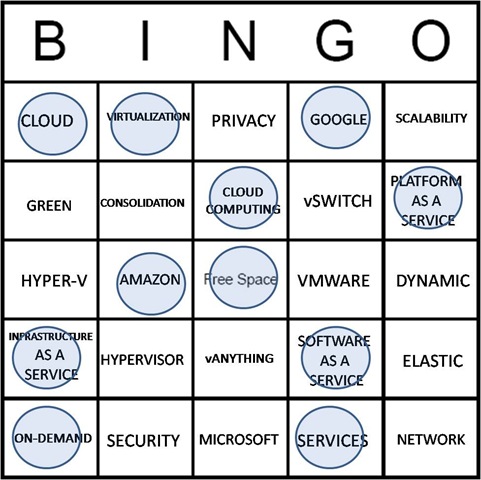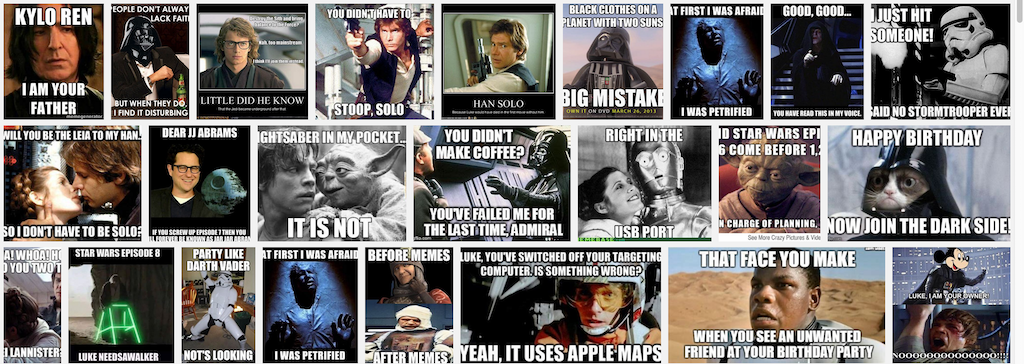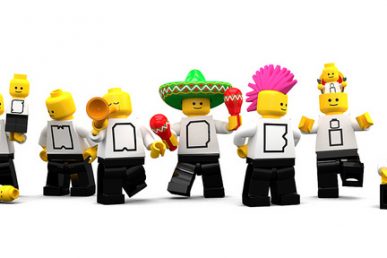Kudos on getting your talk accepted for the first-ever Open Infrastructure Summit in Denver. The competition is fierce: typically only a fraction of pitches are accepted. Here are some thoughts on making it a great one.
Divorce your slides
Many of us are more comfortable over IRC or email than IRL. That’s why public speaking is challenging! Use the fact that you’ll be in person to your advantage: It’s the difference between adding a smiley face to your message and actually smiling (Or dancing? How about wearing your code?) during your talk. You have more elements to work with – visual, sound, text. Where this most often falls down is over reliance on slides. The slides should add something — more context, detail, say an outline of the architecture — not just repeating word for word the statements you’re making. If you are married to the text on them, folks will wonder why they just signed up for 40 minutes of you reading aloud. Yawn.
Mind the buzz words, spell out key acronyms
The flip side of the above point: Moving so fast with industry jargon and so many acronyms that only your closest colleagues have any idea what you’re talking about is also not advised. Even if you have pitched your session as appropriate for people with an advanced level of knowledge, it’s still worth your time to include terms for the ambitious intermediate people in the room.
If you are prone to over jargon, let me introduce you to Unsuck-it. You’ll get a few laughs while weeding out terms like “best-of-breed” and “value proposition” from your talk. Otherwise, chances are high that you’ll spot a row of people in the back playing buzzword bingo. Who can blame them?
Shelf the sales pitch
This is probably the fastest way to empty a room: Make sure your talk is focused on selling your products and how bleeding edge your company is. The best use case study talks will include the challenges faced (whether with your technology or the client’s) and how you’re working with the community (or how you’d like to) to solve problems upstream. Think about sharing experience with your peers, not a room of potential clients.
Yeah, you really do need to practice
This doesn’t happen often, but do not be the person who is testing out the presentation (“Oh, hey, I’m winging it!”) in a full room at the Summit. You need to know the material well enough to use your slides as signposts, not a memory device. If you took point number one about using the live environment to your advantage and are risking a demo – run it enough times so that you can be reasonably confident that it will work.
And if English isn’t your first language, here are some thoughts from my personal experience of public speaking in second language. Practice in this case means you need to say the entire presentation out loud at least two or three times. If there are specific words you’re stumbling over, find synonyms, check the audio pronunciation on sites like Forvo or similar talks on YouTube. The community is global and really wants to share expertise from all corners; people will not be grading your accent or pronunciation — aim for clarity and comprehension.
Consider the jokes, mind your memes
Personally, my life would be complete if I never sat through another tech talk with any reference at all to “Star Wars.” And by that I mean quoting the movies, using a GIF, playing a clip, referencing the t-shirt you’re wearing. Seriously. It’s an obvious way to seek common geek ground with the audience and it’s been done.way.too.many.times. Enough with the member berries, already.
Of course, what some people consider wired and others consider tired is subjective. Just spare an extra thought or two about how much wordplay, inside jokes, pop culture references are really going to add value to your talk. Personality is great. Humor is also good. If you’re determined to add something special to your talk, consider Kelsey Hightower the bar. Here he is presenting “Diana” as part of a recent keynote. Aim that high.
What are some of your favorite talk techniques or pet peeves? Let us know in the comments!
- OpenStack Homebrew Club: Meet the sausage cloud - July 31, 2019
- Building a virtuous circle with open infrastructure: Inclusive, global, adaptable - July 30, 2019
- Using Istio’s Mixer for network request caching: What’s next - July 22, 2019

)











